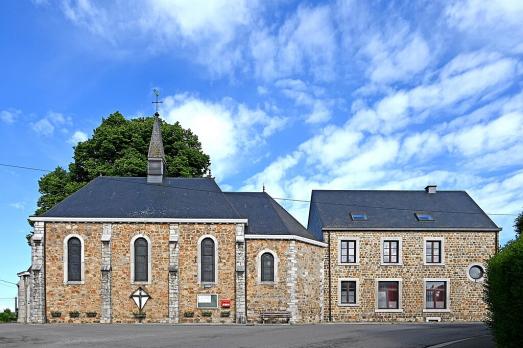
Church of St Anna, Busch (Lontzen)
Busch-Lontzen, BE
This chapel dedicated to Saint Anne is located on a hill in the village of Busch. It is a natural stone building, rebuilt in 1898 on the basis of a 1696 choir.
Here you can search for a building to visit. You can use the map find destinations, or you can use the filters to search for a building based upon what different criteria.

Busch-Lontzen, BE
This chapel dedicated to Saint Anne is located on a hill in the village of Busch. It is a natural stone building, rebuilt in 1898 on the basis of a 1696 choir.
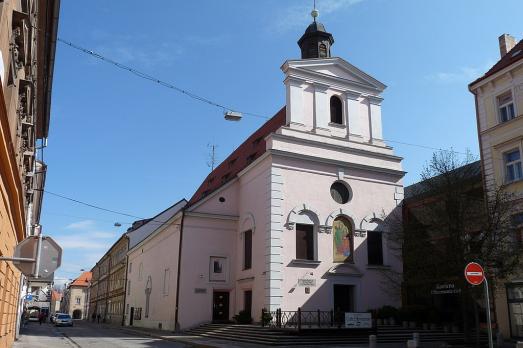
České Budějovice, CZ
The 17th-century Church of St. Anne in České Budějovice serves as a concert hall owned by the South Bohemian Philharmonic, with excellent acoustics and a 218-seat auditorium.
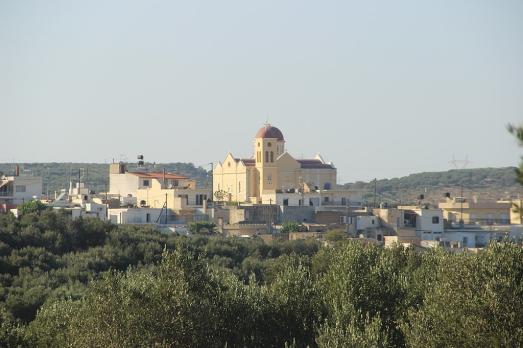
Piskokefalo, GR
The church of St Anne (Agia Anna) is built on top of a hill overlooking the natural environment around Piskokefalo.
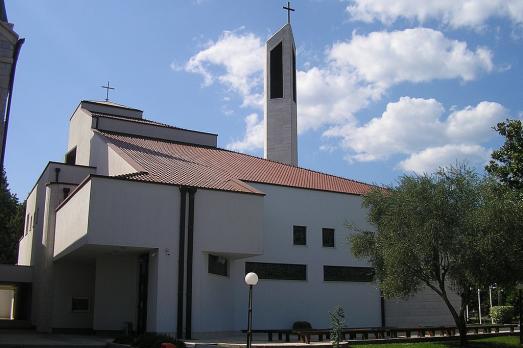
Ljubuški, BA
The new Church of St Ante in the municipality of Humac is a few metres away from the former Franciscan Monastery of this little village near Ljubuški.

Alcácer do Sal, PT
The Franciscan convent of Santo António was founded in 1524 by Dona Violante Henriques, during the reign of King João III. The convent church is also of interest for its arcades supported by Tuscan columns at the entrance and the tile panels alluding to the life of St Anthony. On the ground there are various tombstones of noblemen who chose this as their last home.

Skinias, GR
.
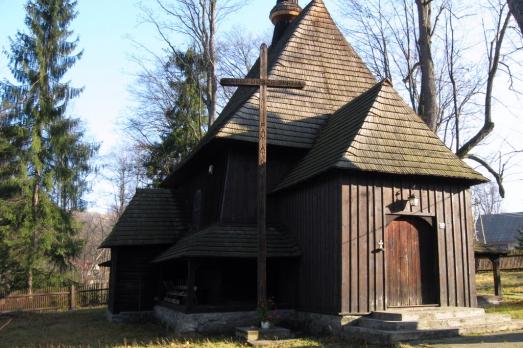
Sieniawa-Kopalnia, PL
The Church of St Antony was originally a manor wooden chapel built around 1740 by the landlord of Sieniawa, Andrzej Sendzimir. It is one of the historic wooden churches in the Małopolska Province in southern Poland.
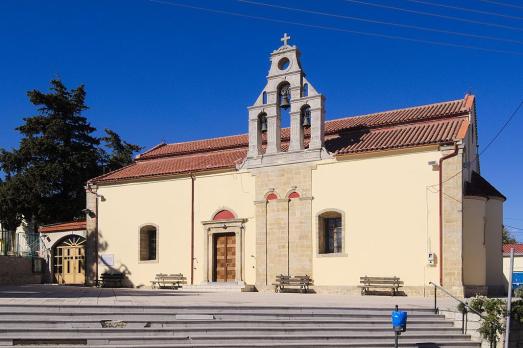
Agia Varvara , GR
.
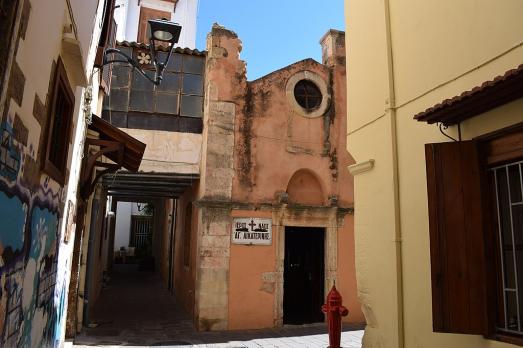
Chania , GR
The Church of St Catherine and St John the Hermit is a 16th-century church in the city Chania.
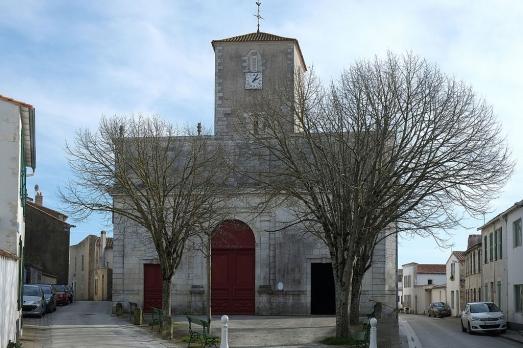
La Flotte, FR
The oldest parts of the parish church of St Catherine of Alexandria date from the 15th century. In 1621, during the conflicts between Protestants and Catholics, it suffered further damage and was restored in 1627. In 1765, the bell tower was raised by about six metres and renovated. The present facade dates from 1818 and was designed by Jean Noyé, a native of Martinique.

new
Nestled amidst the serene landscapes of the Harz region, lies a hidden gem for nature enthusiasts and history buffs alike - the Harz Monastery Hiking Trail. Lace up your hiking boots and embark on this captivating adventure that will transport you back in time.

The Holy Mile (Miglio Sacro) of Naples is a one-mile-long itinerary, through sacred places linked to the city's patron saint, San Gennaro, in the Rione Sanità district. Discover the city from a new perspective with this unique walking tour.

As a university city, cultural offerings abound in Tartu and will reach their peak after being designated one of three European Capitals of Culture for 2024. In this list, we've compiled the most interesting sacred places to visit in and around the old town.